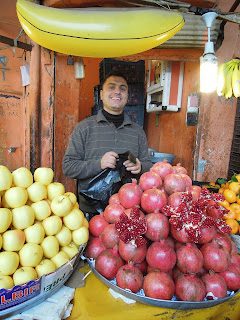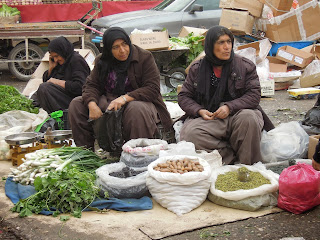On my Facebook feed I saw a link to a story about an acquaintance-Carol Penner. This past year she underwent an operation to remove one of her kidneys. There was not anything wrong with it, in fact it was very healthy. She had heard of a program that matches people in need of a new kidney with other people-strangers-who are willing to donate one of their kidneys and whose blood type matches the one in need. Carol decided that this was something she was able to give and did so. The Canadian Broadcasting radio story is in the link and her story is the first one. It is worth listening to see why one woman would put herself through the stress of a major operation to help one stranger.
http://www.cbc.ca/video/player.html?clipid=2422643111&position=9914&site=cbc.news.ca
If you would rather read a short article about her see here .
Another woman who I have gotten to know a little bit this year is Althea Guiboche aka The Bannock Lady. She came to my awareness this March when I read some news stories about her in the Winnipeg news. She had noticed a big need in Winnipeg and took up the responsibility of helping to fill that need. She makes bannock and soup and chilli and once a week takes it to a street corner in the North End of Winnipeg to hand out to hungry people. Her motto is "in honour of the village we once had". She knew that traditionally in First Nations villages when someone had food that it would be given to all who had need until it was all gone. Some of the tradition has been lost and many First Nations people have found themselves in the North End of a big city where life has become much more individualistic.
Althea writes about herself on Facebook:" I make the bannock that feeds the people I work for, I make the soup, I gather the donations, I compile it all and I do most of it on my own! It's a 100 hour a week job and I love it! I am a single parent to 7, I am a published poet and author, currently in 8 anthologies and am part of Idle No More!
I am a voice for the homeless and hungry, having been homeless myself I feel I have earned the right to speak on behalf of the less fortunate!
Miigwetch (thank you in the Ojibway language) for all the support and am always welcoming others to help In Honour Of The Village We Once Had"
Althea (the Bannock Lady) on a bitterly cold night celebrating the anniversary of the Idle No More movement. On this night a truckload of winter clothes was handed out to those who needed the warmth. (photo by Doug Thomas)
This is a very big bannock which is a bread made of flour, water, baking powder and some sort of fat. (photo taken from the Got Bannock Facebook page)
My zebra shopping trolley was filled up again and again with canned goods and rice and pasta.
One person was not home so left me a note and a big bag of groceries in her mailbox.
The bags of groceries that I collected. Some people brought their food to my house because they were not home on that Friday evening.
I made contact with the volunteers of Got Bannock who help Althea and one came by my house to pick up the food. A couple of days later the Got Bannock Facebook site had this message.
"A great big Bannock shout out to Kathy Moorhead Thiessen for the big load of supplies she gathered by going door to door in her own neighbourhood. Thank you for helping us Honour the Village we Once Had through your spirit of sharing."So.... giving, being able and willing to take something you have to give it to someone else. Whether it is a kidney, or a whole lot of time or a little bit of time or two large bags of groceries or even a couple cans of tomato soup.

















































